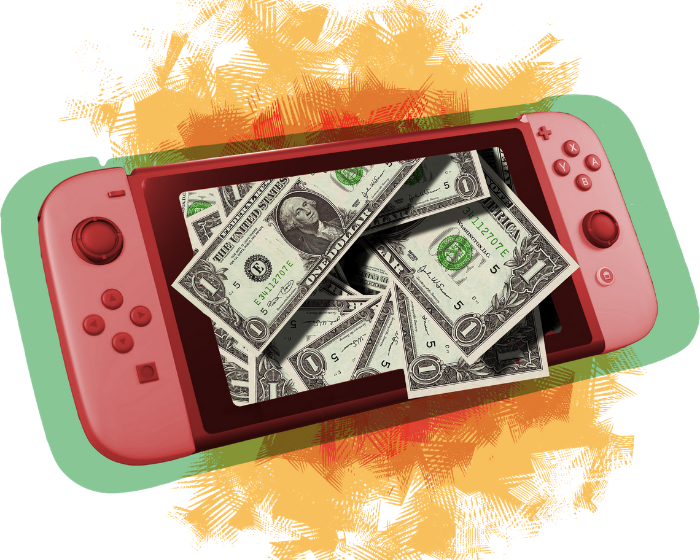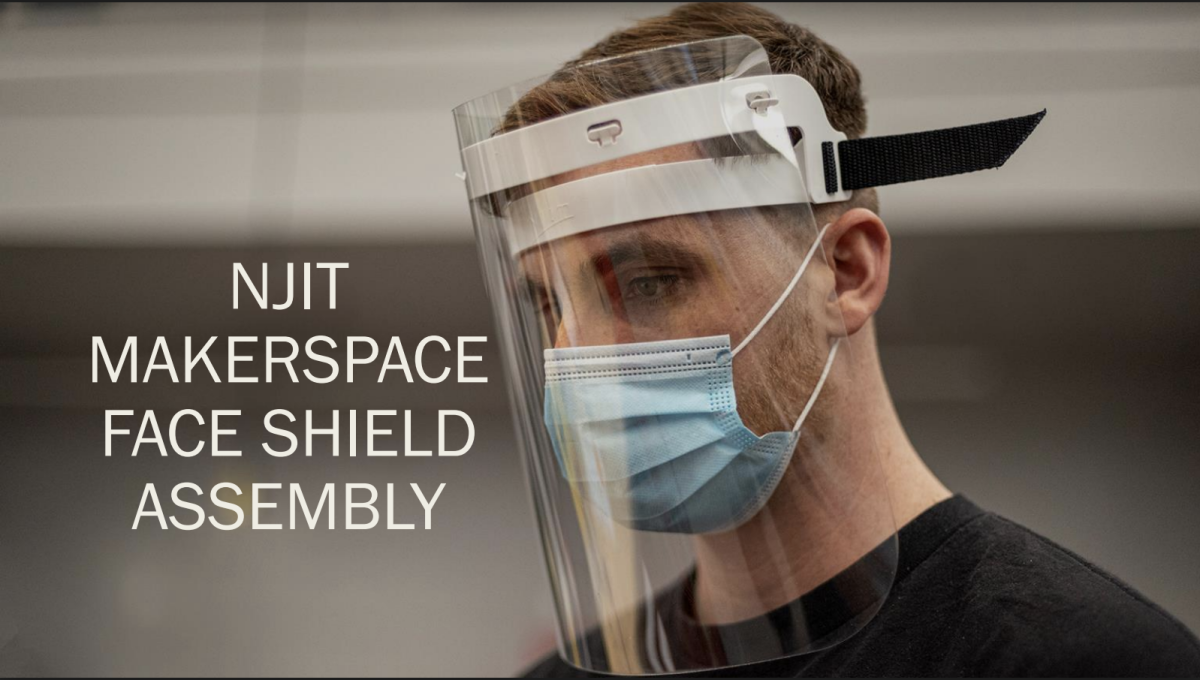You wouldn’t download a car, would you? The classic response to this has been a resounding, “yes, I would absolutely download a car if I could.” While 3D printing is not quite at that stage yet, it does raise the same philosophical questions. For the first time, physical objects are subject to the same type of copying that has plagued the media industry since the invention of the Internet. 3D printing enables people to create objects from files on their computers, similar to printing out a picture from an image file. This becomes a problem for companies that make small objects, because instead of buying a new object, people can now download a file and print it. All they need is a 3D printer and the materials to print with. To combat this problem, different companies have come up with several solutions to counter “plastic piracy”.
One option is to scan every model created on a 3D printer for infringing material. This software is being developed by Create It Real, and would be most effective if it was embedded directly on the printer; otherwise, it could be easily circumvented. This implementation would also need to be embedded on every printer on the market, otherwise people could just buy an unprotected printer. This Digital Rights Management (DRM) implementation is the least likely to work, because of how difficult it will be to get 3D printer manufacturers to agree with this plan. Jeremie Gay, the CEO of Create It Real, insists that he doesn’t want to take control away from the users. He has stated that this system is meant to act more like parental controls: some systems will be sold with or without it. For this reason, it is unlikely to be implemented for common objects, but may be implemented for weapons, such as the Liberator pistol, a plastic gun that can be printed from some 3D printers on the market.
Another system of DRM is already in place for some printers. This system, called SendShapes API and produced by a company named Fabulonia, involves streaming object data to the printer directly from a server, much the same way Netflix streams videos to your computer. This way you never get the original files and can only print as many times as the manufacturer allows you to. This system is more of anti-counterfeiting tool at the moment. It was designed for consumers to ensure that the objects they were printing had not been tampered with since leaving the manufacturer’s servers. This system has opened many more possibilities than just preventing piracy. For example, this system could be used to send replacement parts to airports to be printed on site instead of shipped off an assembly line. Because of the security of SendShapes, airports can be sure that the part was not tampered with. This would enable them to get their planes up and running faster than if they had just ordered a part to be shipped the old fashioned way.
The 3D printing market is still very small, and there are still many directions it could go. Today, large companies generally don’t mind if one of their products is uploaded to The Pirate Bay or thingiverse.com as long as it isn’t being sold. As 3D printers become more popular, however, it is possible that manufacturers will start aggressively pushing anti-piracy measures on 3D printers. On the other hand, it’s possible that 3D printing will never really be used by consumers for printing household items, and manufacturers may never care that their objects are being distributed on the Internet for free.






























